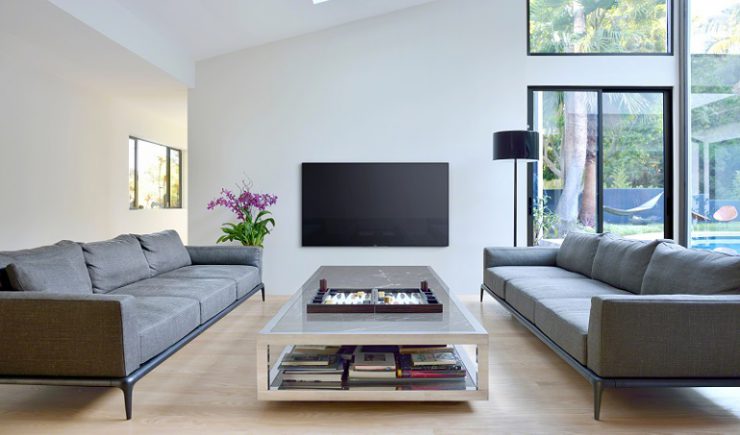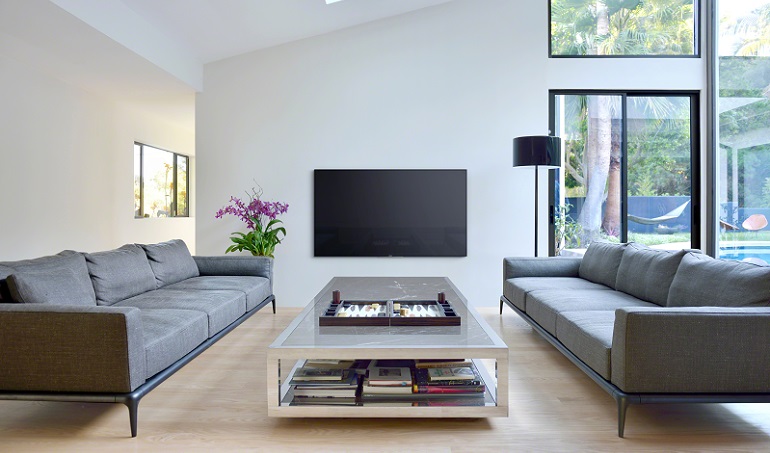Can HDR add more value to the TV category?
Sony is capitalising on the excitement around the High Dynamic Range (HDR) technology with the release of new range of televisions from 55-inches to 85-inches.
The launch of the new platform is designed to sit on three key pillars – picture quality (that Sony feels can rival that of OLED), a design concept called Slice of Living (which delivers practical and contemporary aesthetics) and enhanced interactivity (with the Android TV interface incorporated into the functionality).

According to Sony TV product specialist, Dan Kennedy, the company is looking to maintain leadership in the 4K category.
“We have had 4K for almost three years now and we have had 10 bit colour and 10 bit panels for almost three years, but a lot of our competitors only caught up with us last year. So we have been in this space and developing technology for some time and reinforces our ‘lens to living room’ solution.”
Kennedy advises retailers that 4K and HDR need to be discussed separately – as 4K represents resolution and HDR represents brightness and colour reproduction.
“HDR is all about the amount of light a sensor can capture. Traditionally if the background is well-lit then the foreground may be under-exposed, we want the best of both worlds, so essentially HDR does that. There are a few things that enable us to do this, content needs to be filmed on an HDR camera and that goes to a format called HDR 10 (10-bit) and with that format we can display 100 times more light and twice the colour compared to standard Dynamic range.
“This is very close to what the human eye can see and then that gets put out to our TVs which is then displayed in HDR and 10-bit colour with all the brightness. We can’t think of brightness and colour as two different things – it is about increasing the brightness and also increasing the colour that you are seeing.”
To maximise the advantages that HDR presents, Sony has introduced new technology called Slim Blacklight Drive enables the televisions to feature very high peak brightness of 1000 nits of brightness, where a ‘nit’ is a candelesence unit of light, and also deliver a very thin panel.
At the launch of its new 4K HDR televisions, Sony demonstrated a 65-inch X9300D unit with 1000 nits against a competitor’s 65-inch OLED panel featuring 500 nits to show the benefits of the Sony unit which retails for approximately $3000 less than the OLED unit.
The new televisions are also available with improved cable management options recessed into the television, including up to 4.5 metres of cable length as well as a new picture-frame wall mounting solution which literally clicks into place taking advantage of the 36.7mm thickness of the unit.
To complement the new 4K HDR range, Sony has also released a new range of Bravia televisions from 32-inches to 55-inches.

